Infertility in Literature and Film

Stories That Reflect Our Silent Struggles
Infertility is often lived quietly, behind closed doors, whispered in waiting rooms, or buried beneath social smiles. But in literature and film, these hidden experiences occasionally find voice, allowing us to see ourselves and be seen. At Reproductive America (Reproductiva), we believe storytelling can be a powerful tool for healing, empathy, and connection. When a book or film reflects the heartbreak, hope, and resilience of trying to conceive, it reminds us we are not alone. Here’s a look at how infertility shows up in stories across time.
Infertility in Literature: Beneath the Surface
In literature, fertility struggles are often tucked between the lines—subtle, symbolic, or entirely metaphorical.
- In Atwood’s The Handmaid’s Tale, infertility underpins an entire society, showing the desperation and control it can provoke.
- Chimamanda Ngozi Adichie’s Purple Hibiscus and Toni Morrison’s Beloved both touch on loss, reproductive trauma, and the weight of maternal expectation in culturally nuanced ways.
- Contemporary novels like The Mothers by Brit Bennett or Little Fires Everywhere by Celeste Ng explore infertility, abortion, and adoption as layered, deeply emotional experiences.
These literary works allow readers to sit with discomfort, explore moral grey areas, and feel seen in their own complicated truths.
Infertility and Trauma in Film
Many films still focus on the joyful outcome—miracle babies and happy endings. But a growing number have started exploring the rawer edges of the fertility journey:
- Private Life (2018) offers a brutally honest look at IVF, egg donation, and marital tension during treatment.
- Motherhood (2009) and Rabbit Hole (2010) explore grief and identity following pregnancy loss.
- One More Shot (documentary) takes a personal, unscripted view into modern fertility struggles.
Room (2015): Reframing Motherhood and Reproductive Trauma
Brie Larson’s character, Joy “Ma” Newsome, is not infertile by definition—but Room is a profound meditation on what it means to become a mother under the most traumatic and non-consensual conditions.
Held captive for seven years and forced to bear a child through repeated assault, Joy raises her son with love, imagination, and protection—within a confined space, in unimaginable circumstances.
This story prompts powerful questions about:
- The complex relationship between trauma and reproduction
- How motherhood can emerge from resilience rather than choice
- What healing might look like—for both mother and child—after surviving the unthinkable
Though not a conventional fertility story, Room reminds us that the path to motherhood isn’t always one we choose—and that it still deserves recognition, care, and understanding.
Why Representation Matters
When infertility, loss, and reproductive complexity appear in literature and film:
- They validate real experiences
- Reduce shame and isolation
- Encourage honest conversations—with ourselves and others
- Help us see motherhood in all its forms: chosen, fought for, unexpected, and everything in between
Whether you’re grieving, hoping, healing—or all three—you deserve care that sees your whole story.
Infertility in Literature: Beneath the Surface
In literature, fertility struggles are often tucked between the lines—subtle, symbolic, or entirely metaphorical.
- In Atwood’s The Handmaid’s Tale, infertility underpins an entire society, showing the desperation and control it can provoke.
- Chimamanda Ngozi Adichie’s Purple Hibiscus and Toni Morrison’s Beloved both touch on loss, reproductive trauma, and the weight of maternal expectation in culturally nuanced ways.
- Contemporary novels like The Mothers by Brit Bennett or Little Fires Everywhere by Celeste Ng explore infertility, abortion, and adoption as layered, deeply emotional experiences.
These literary works allow readers to sit with discomfort, explore moral grey areas, and feel seen in their own complicated truths.
Infertility and Trauma in Film
Many films still focus on the joyful outcome—miracle babies and happy endings. But a growing number have started exploring the rawer edges of the fertility journey:
- Private Life (2018) offers a brutally honest look at IVF, egg donation, and marital tension during treatment.
- Motherhood (2009) and Rabbit Hole (2010) explore grief and identity following pregnancy loss.
- One More Shot (documentary) takes a personal, unscripted view into modern fertility struggles.
Room (2015): Reframing Motherhood and Reproductive Trauma
Brie Larson’s character, Joy “Ma” Newsome, is not infertile by definition—but Room is a profound meditation on what it means to become a mother under the most traumatic and non-consensual conditions.
Held captive for seven years and forced to bear a child through repeated assault, Joy raises her son with love, imagination, and protection—within a confined space, in unimaginable circumstances.
This story prompts powerful questions about:
- The complex relationship between trauma and reproduction
- How motherhood can emerge from resilience rather than choice
- What healing might look like—for both mother and child—after surviving the unthinkable
Though not a conventional fertility story, Room reminds us that the path to motherhood isn’t always one we choose—and that it still deserves recognition, care, and understanding.
Why Representation Matters
When infertility, loss, and reproductive complexity appear in literature and film:
- They validate real experiences
- Reduce shame and isolation
- Encourage honest conversations—with ourselves and others
- Help us see motherhood in all its forms: chosen, fought for, unexpected, and everything in between
Whether you’re grieving, hoping, healing—or all three—you deserve care that sees your whole story.









